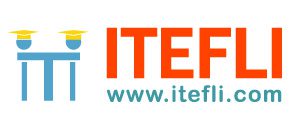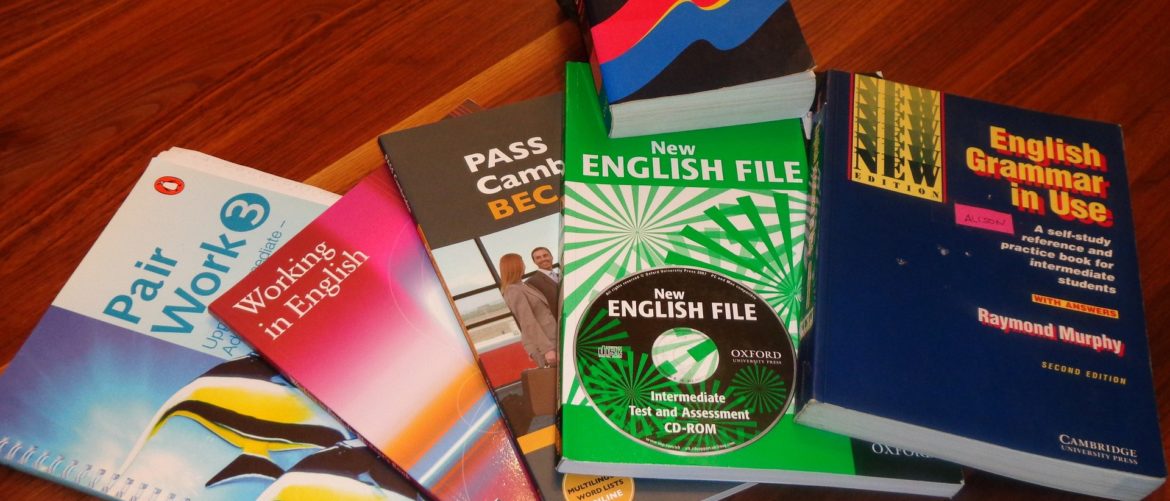The Course Book as a useful starting point
Communicative Language Teaching, with its focus on the use of authentic texts in the classroom, brought about a dilemma for language teachers and syllabus (coursebook) designers. Communicative Language Teaching required a re-evaluation of the learning processes.
A syllabus could no longer be designed as a convenient list of structures or lexical items but had to now consist of functions and notions. Initially, teachers did not want to make use of the textbook and many wanted to discard it altogether, with its focus on structures and lexical lists. Often these textbooks were seen as boring, general and restricting. Non-native teachers however still found comfort and security in the use of a textbook. Another challenging issue was the different views often shared by teachers and students on how often the textbook should be used. In Taiwan, learners, parents and educational institutions expect teachers to use the textbook and adhere to the sequence of structures as depicted in the list of contents. Many non-native teachers find it difficult to break with traditional teacher-centred approaches to language learning and strict adherence to the textbook. David Nunan (2004) considers the dilemma of the syllabus designer and suggests that the curriculum should incorporate both content and process. Nunan cites a preference for an ‘analytical’ approach to syllabus design which presents the target language in whole chunks at a time, without linguistic interference or control.
A coursebook can be a good source of exploitable and usable material. Activities are sequenced and carefully thought out. Unfortunately, not all course books are that helpful although they are a useful starting point. Students will probably expect the teacher to use a coursebook, so this may be a sensible idea. Furthermore, a coursebook provides a useful syllabus for students to follow and a devised course to help them learn. It must, however, be remembered that a teacher does not necessarily need to be a slave to the book. The material can be reordered, adapted, varied and omitted. Carefully select that which is appropriate for the students. That which is not appropriate should be rejected. Teachers may vary and adapt activities in order to give students the practice that they need. Teachers should use supplementary materials when needed.
In the School environment, it is important to select course books and supplementary resources that are aimed at the correct target audience (young children, teenagers or adults). There are many good course books on the market that are inappropriate for children but which are aimed at an adult audience. There are some excellent course books available that are aimed at children, covering interesting and relevant topics. There are also many course books aimed at preparing students for the Oxford and Cambridge Examinations. These are an excellent starting point and can be supplemented using a tremendous range of resources available in the bookstores and on the Internet.
Links:
TEFL Courses & TEFL Training Programmes
TEFL Jobs & English Teaching Positions

